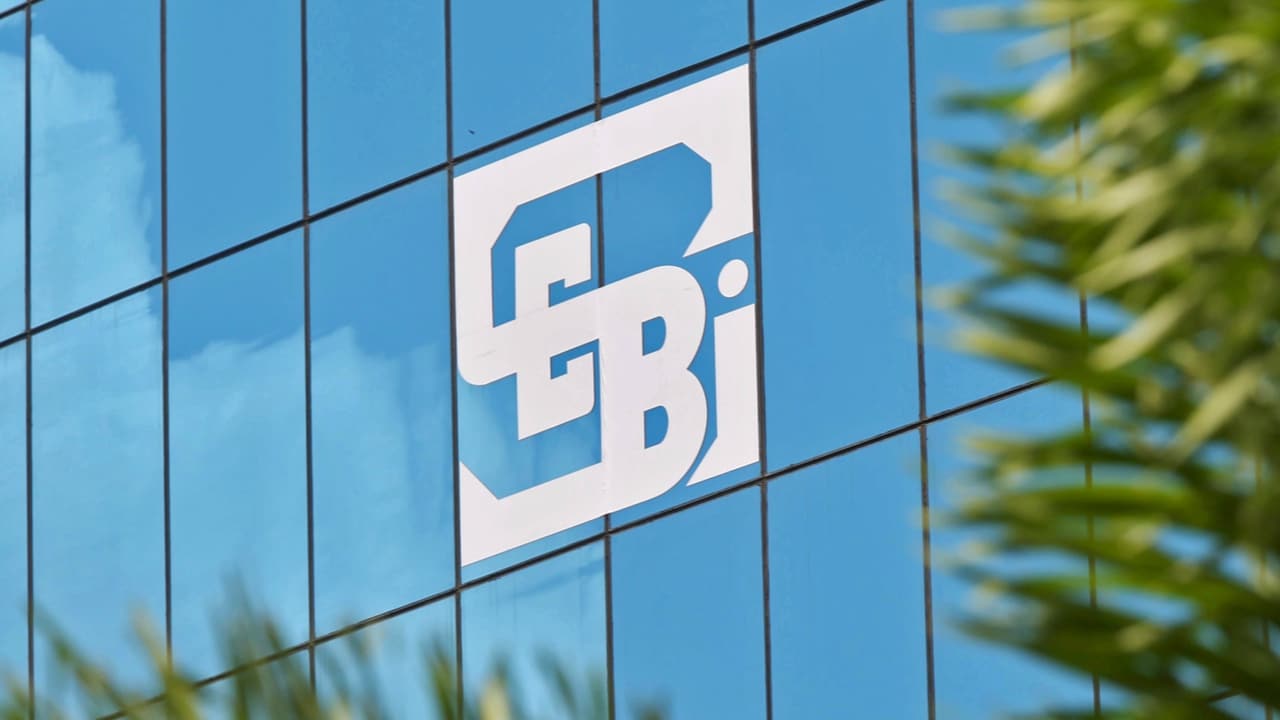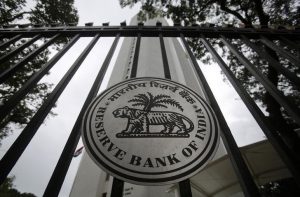Don’t witch-hunt the RBI
Summary
What the CBI and other investigating agencies need to note, is that policies intended for general benefit often tend to help some more than others.
The questioning on the Nirav Modi issue has now reached a few current and one former Reserve Bank of India (RBI) deputy governor.
At the outset, one needs to distinguish between the Nirav Modi issue and the 80:20 gold scheme.
Nirav Modi, in cahoots with a couple of employees of Punjab National Bank’s (PNB) Brady House branch, took large amounts of loans without margins; loans which, it now appears, he could repay only by taking more loans.
His uncle, Mehul Choksi, appears to have benefited by changing a decimal point in one of his loans, and making off with a much larger loan than was sanctioned.
Nirav Modi is not at all connected to the 80:20 scheme. Mehul Choksi’s Gitanjali Gems was one of the Star Trading Houses (STH) that got a licence to import gold in May 2014, when gold was scarce in the country.
However, it is now well documented that of the 14 STHs, Gitanjali imported the least, and hence probably benefitted the least.
The questioning of the current and former officials of the RBI is hence in connection with the 80:20 scheme.
The question marks over this scheme emanate from both the timing of the relaxation and the Comptroller and Auditor General’s (CAG) remark that the STHs benefitted by Rs 4,500 crore because of the policy.
What the Central Bureau of Investigation (CBI) and other investigating agencies need to note, is that policies intended for general benefit often tend to help some more than others.
A policy to build, say the golden quadrilateral, pushes up prices of land in areas through which the road runs.
But the policy was not intended to benefit those owning the land. It was meant for the entire nation. One ought to see the 80:20 policy in this light.
When the taper talk hit the Indian rupee in July 2013 along with the other four “fragile” currencies, RBI’s and the government’s effort was to control imports and increase the flow of dollars into the country.
The FCNR (B) scheme was designed to attract Non-resident Indians (NRI) into depositing more dollars in Indian banks, with the RBI agreeing to bear the swap cost.
A number of NRIs made money hand-over-fist by leveraging nearly 20 times to benefit from the FCNR scheme. India got over $25 billion due to this scheme.
When the time came for the deposits to mature (in October-November 2016) the dollar had become cheaper, so the RBI didn’t lose any money buying back the dollars and repaying the NRIs.
But that’s beside the point. In the pursuit of more dollar inflows, so that the rupee didn’t look fragile, the government and the RBI started a scheme that enriched some NRIs hugely.
Does this mean RBI and the government were in cahoots with some handpicked individuals? No. The scheme was a policy decision to get more dollars.
The 80:20 scheme needs to be seen in the same light. The government banned gold imports because it was a large import item, and was unimportant enough for the country to do without for some time.
Both the government and the RBI were aware that anything rationed would benefit those who could lay hands on any amount of gold.
Yes, the STHs made money when they were allowed to import from May 2014, but one needs to note that from June 2013 to May 2014, a lot of jewellers made tonnes of money on gold imported by the banks.
This was how the scheme was designed: only four banks and two government trading companies MMTC and STC were allowed to import gold.
Jewellers who had a record of imports and exports until May 2013, were sold this gold at the landed price on promise they would use 20% to export jewellery.
They had the licence to sell the remaining 80% in the domestic market which earned them a massive premium.
If the CAG’s office tries to find out how many jewellers benefitted before the policy was liberalized, they will find that a clutch of jewellers made even more money than the Rs 4,500 crore the STHs did after May 2014. But that’s how rationing works.
In war time, nations ban a bunch of unnecessary imports, or impose price controls.
Black markets flourish and those who have the goods make money, nevertheless during wars, governments continue to impose rationing.
In all these cases, one assumes the larger good that is served by controlling prices or imports is more than the evil of some people making money.
Likewise in 2013, the extra bucks made by some FCNR 9B depositors and some jewellers was considered a price the nation had to pay to control the exchange rate from a free fall.
It may be recalled, at that time the United Progressive Alliance (UPA) government also decided to raise the price of petrol and diesel by 50 paise every month.
This was politically suicidal for the UPA because raising prices on the eve of an election would have hurt the ruling party.
But, the government went ahead and raised prices so that at higher prices, fuel consumption would fall and the country’s trade deficit would correct.
This act of the UPA government of raising fuel prices even on the eve of an election to serve a larger good is an act of statesmanship.
Short point, in the face of a massive current account deficit and a run on the rupee, many actions were taken by the government and the RBI to re-balance the deficit.
Some policies benefitted some persons. But witch hunting RBI officials of all people, is unfair and even dangerous.
Next time the country’s currency is in danger, RBI officials, who so far have been in the forefront of the fire fighting, may simply want to watch their own back sides instead of serving the country.
This column had pleaded in the past, and pleads again; controlling the exchange rate is a delicate task. Questioning RBI’s motives on hindsight can be a costly blunder.

Elon Musk forms several ‘X Holdings’ companies to fund potential Twitter buyout
3 Mins Read
Thursday’s filing dispelled some doubts, though Musk still has work to do. He and his advisers will spend the coming days vetting potential investors for the equity portion of his offer, according to people familiar with the matter









 Listen to the Article
Listen to the Article  Daily Newsletter
Daily Newsletter













